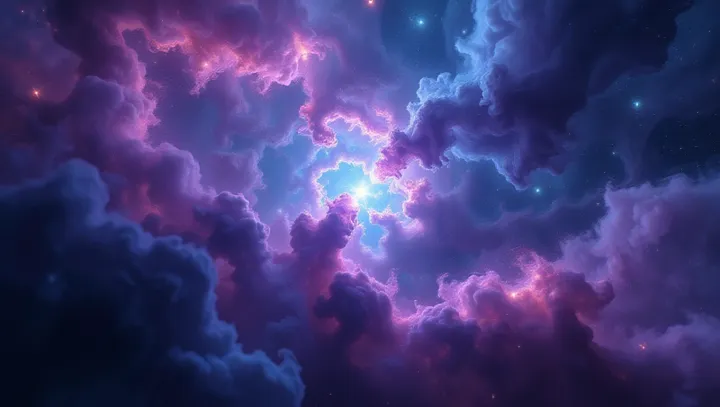Mysteries of the Cosmic Gas Cloud

In the tranquil expanses of Green Valley, the Observatory has become a hub of intrigue as researchers focus on the captivating nebula, a vast cloud of gas and dust. These celestial entities are not only picturesque but are also pivotal in astronomical studies. Recent observations at the Observatory have provided a deeper understanding of nebulae's role in star formation.
Their complex structures, composed primarily of hydrogen, helium, and cosmic dust, serve as incubators for new stars, giving researchers a glimpse into the universe's ongoing evolution. Dr. Elenor Harper, a leading astrophysicist, highlights the significance of these cosmic formations.
'Nebulae are the very fabric of our universe,' she notes, emphasizing their contribution to our comprehension of cosmic dynamics and lifecycle. The striking colors and patterns of nebulae are not just aesthetic marvels but also reflective of the complex reactions occurring within. As advancements in telescope technology enhance our ability to observe these celestial wonders, the mysteries they hold become ever more critical to unlocking further secrets of our universe, keeping the scientific community in eager anticipation.
